Protecting the environment should always start at home, but that doesn’t mean you need to go all-out by installing solar panels and going completely off the grid. You can make a difference and live a greener life just by changing the products you use at home.
We made Roof Maxx safe for people and the planet, so our team knows quite a bit about eco-friendly home products. Below, we’ve created a list you can use when you’re trying to clean, do laundry, relax, take the trash out, freshen the air, and more.
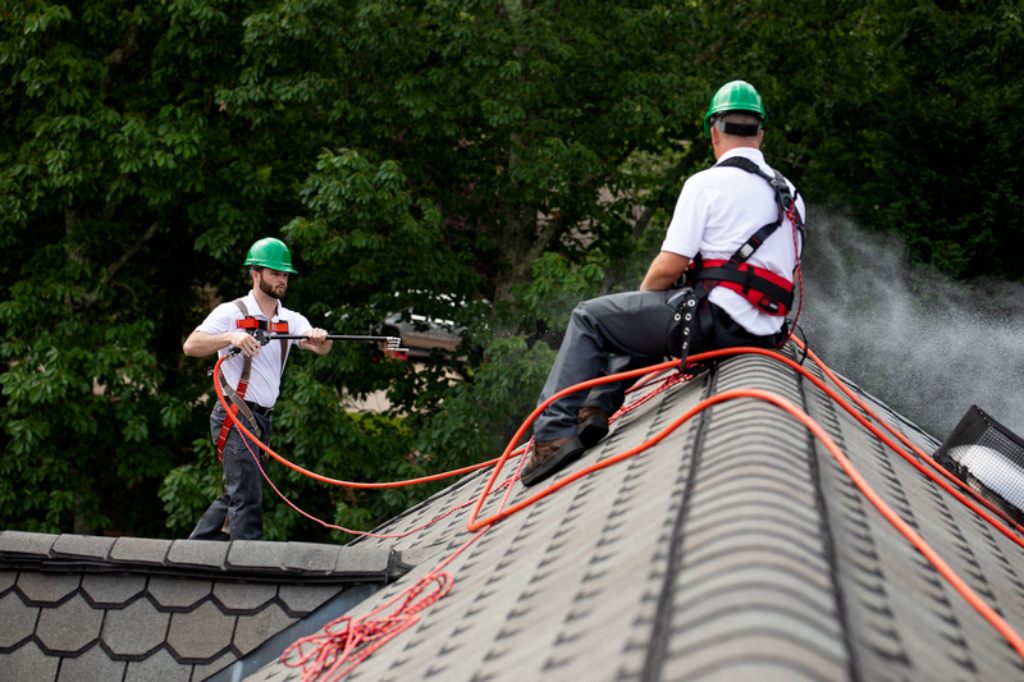
All asphalt shingles dry out and become brittle with age over time. If you don’t notice this kind of damage until it’s too late, a full tear-off may be your only option—and that means you’re sending a ton of old shingles to the landfill and paying upwards of $30,000+ for a new roof.
With Roof Maxx, there’s a better way. Our soy-based roof rejuvenation treatment is a USDA Certified BioPreferred® product that’s grown from the ground, not manufactured. It’s fully a fully renewable resource that meets a high standard for sustainability.
Treating just one roof keeps around 3.8 tons of waste out of the landfill and reduces CO2 emissions by about 80 kg. Roof Maxx also lowers overall demand for new shingles, offsetting an additional 1420 kg from the manufacturing process itself.
When you schedule a Roof Maxx treatment, you’re taking action to protect your roof, your home, your budget, and the planet all at the same time. It’s one of the most effective ways to make a big impact and save thousands of dollars at the same time.
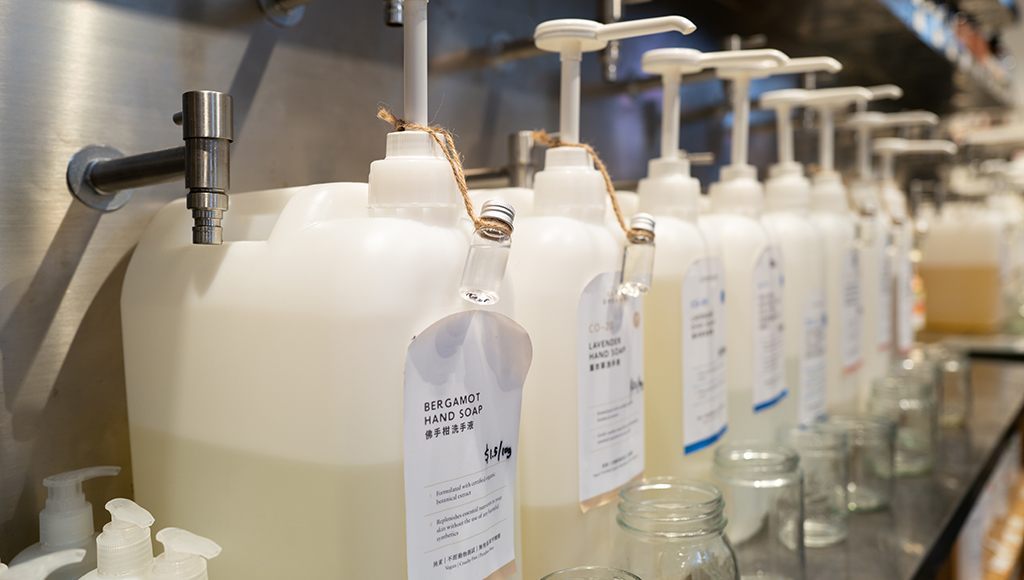
Ammonia, bleach, and other cleaners are a top source of plastic packaging and often contain harsh chemicals or synthetic fragrances that pollute the environment. They can introduce microplastics into the environment, irritate skin, trigger allergies, or even harm pets and kids.
The good news? You can get the same cleansing power without all the harm by choosing a biodegradable, low-waste product instead.
Want to ditch all the packaging for good? Make your own cleaning solution right at home! Mix 1/4 cup of white vinegar, 2 tablespoons of baking soda, 4 cups of water, and the juice from around half a lemon in a bowl. Pour it into a spray bottle and you’re ready to go.
Bonus tip: White vinegar can also help you get rid of mold on a window, too. Spray it directly onto the surface, wait a few minutes, then wipe it down with a soft cloth.
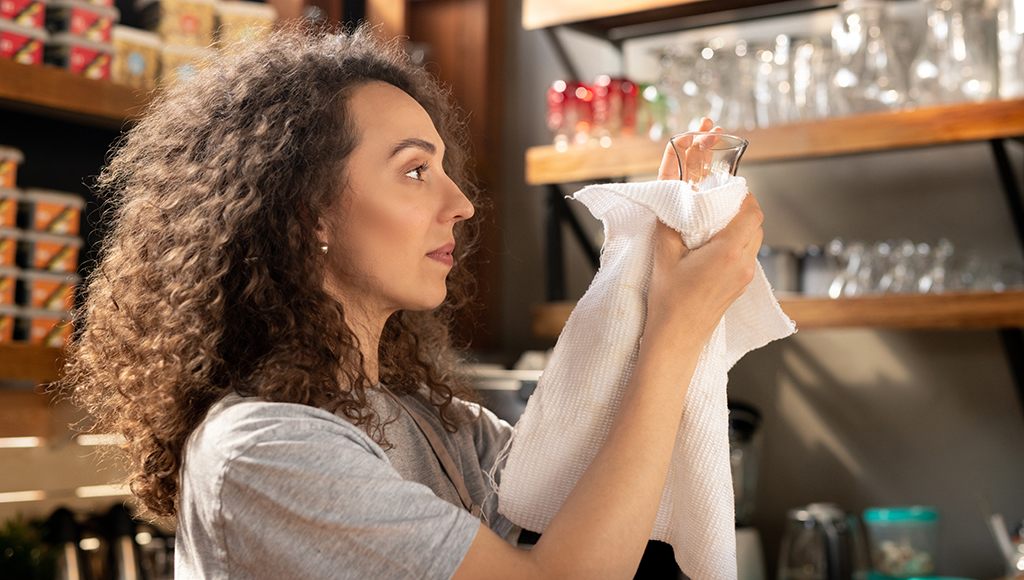
Paper towels are convenient, but they’re also one of the biggest contributors to deforestation: it takes around 17 virgin trees to produce one traditional roll! Plus, the paper mills that make them burn through energy, water, and fossil fuels at an incredibly high rate every year.
Want to do better? Make the switch to reusable paper towels to get the same level of convenience without harming the planet in the process.
Cotton and bamboo tend to hold up better in the wash over time, which will save you money, help you cut down on waste, and lower the demand for virgin trees. That’s a win-win!
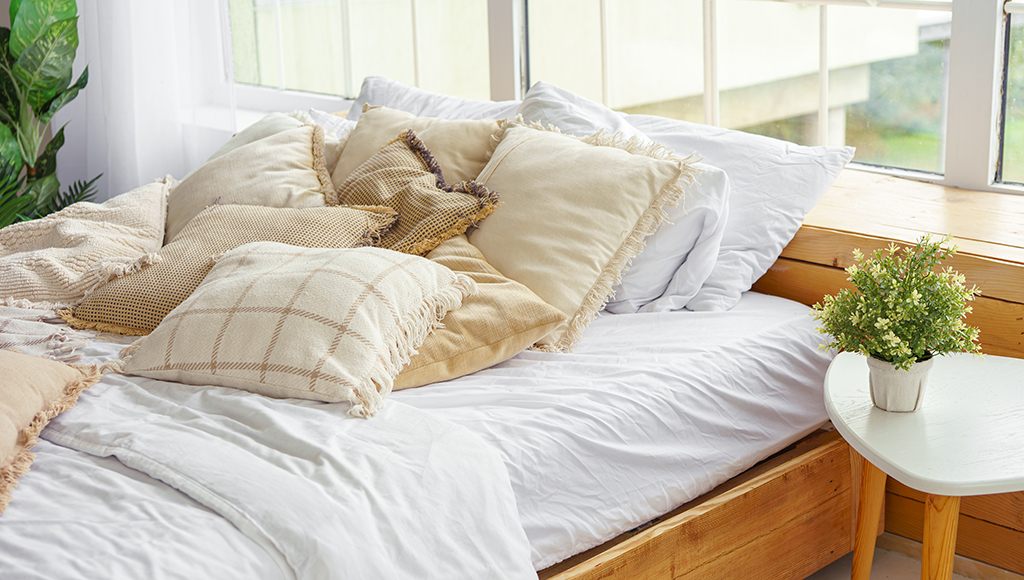
Here’s something you might not know: conventional cotton is the most common ingredient in bedding, but it’s also one of the most chemically intensive crops on Earth. Farms typically use synthetic fertilizers and pesticides and go through thousands of gallons of water yearly.
You’ll find organic cotton bedding in most of the same places you’ll find any other bedding. To be sure you’re buying the right product, look for the Global Organic Textile Standard (GOTS) or USDA organic certification logo on the package.
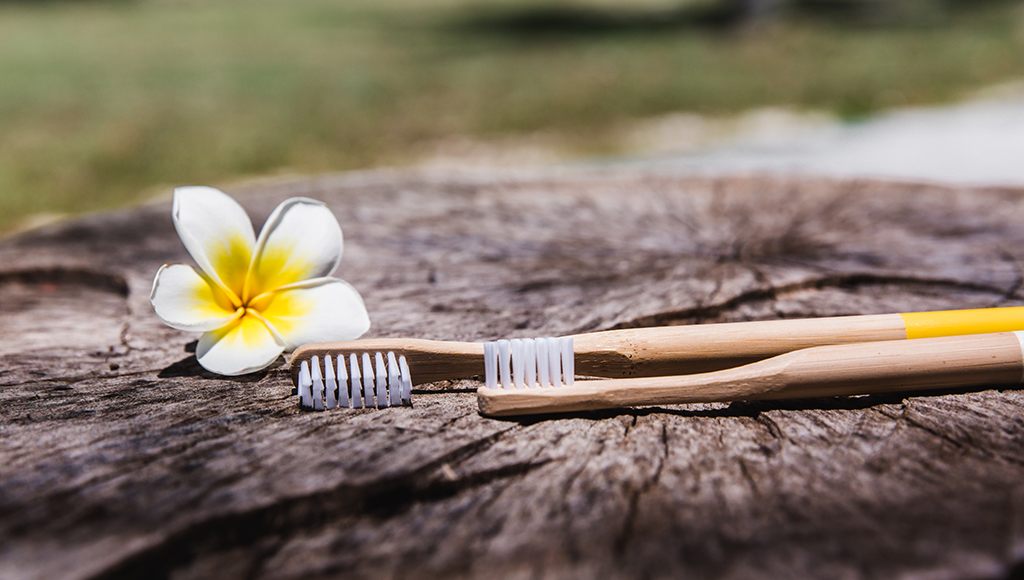
Plastic toothbrushes never really disappear—they just break into smaller microplastics over centuries. These days, we also know that at least some of those microplastics probably end up in the human body, although the jury is out on just how much harm they cause.
While nearly all bristles in the US are still made from plastic, switching to a handle made from renewable materials can help.
Some newer products on the market take this a step further by swapping out the nylon bristles for boar hair bristles. The US throws out an average of 1 billion plastic toothbrushes each year, so saving even a single product from ending up in the landfill is good news.
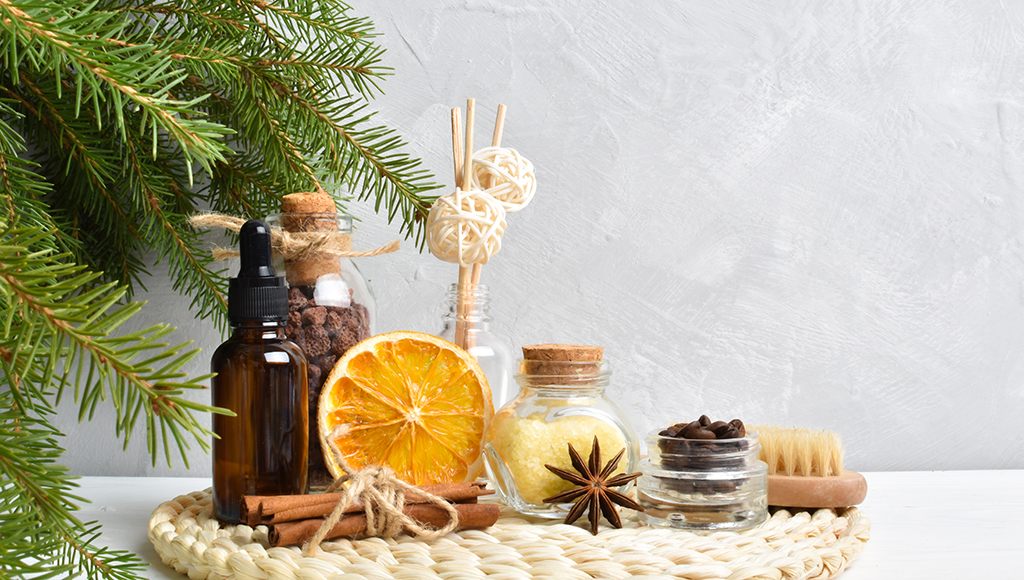
Most commercial air fresheners contain a mix of synthetic chemicals that can pollute the air in your home or even trigger serious allergic reactions. Once they’re used up, they go straight into the trash—and that means more plastics in the landfill most of the time.
Naturally-sourced air fresheners that contain plant-based ingredients freshen your home in the same way without filling the air with harmful VOCs or phthalates.
These alternatives smell better and they’re better for the environment, too. Just keep in mind that you still need to be cautious about how you use them around people with sensitivities, pets, and kids (ask your vet or doctor to be sure they’re safe).
Bonus Tip: Some natural air fresheners that contain citronella or eucalyptus are also natural bug repellents. Use them to keep the bugs at bay on your patio this summer!
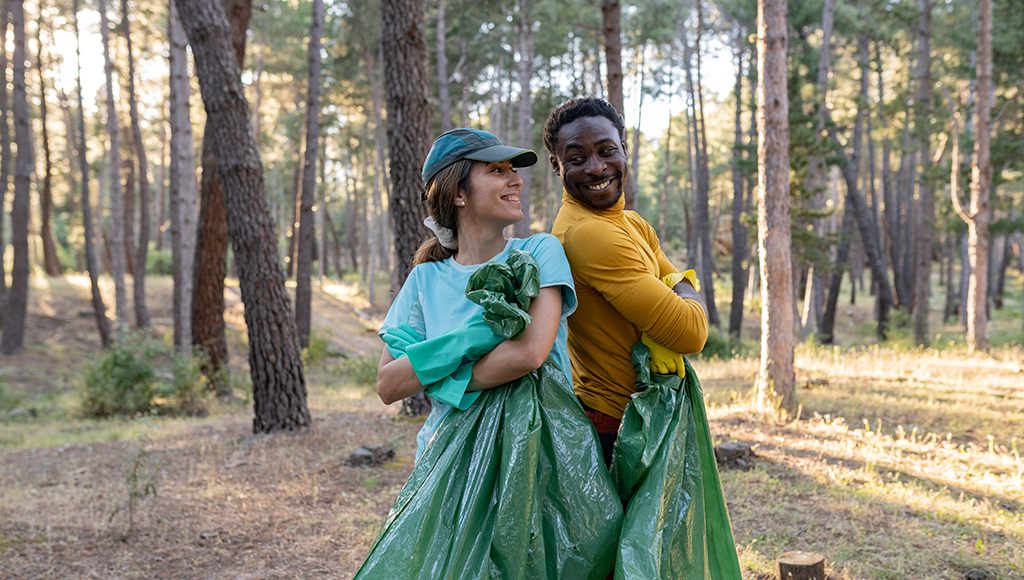
Plastic trash bags are really effective—so much so that they take hundreds or even thousands of years to break down. They’re also a major source of microplastics that make it into our waterways, the ocean, and other sensitive ecosystems.
Compostable trash bags are typically made from cornstarch and a mixture of other plant-based materials that feel like plastic, but are 100% compostable.
You won’t be able to use them for every type of waste, but using them for most organic waste still makes a big difference. Check with whoever handles your garbage pickup to make sure they accept them—and send them to a facility that’s capable of breaking them down.
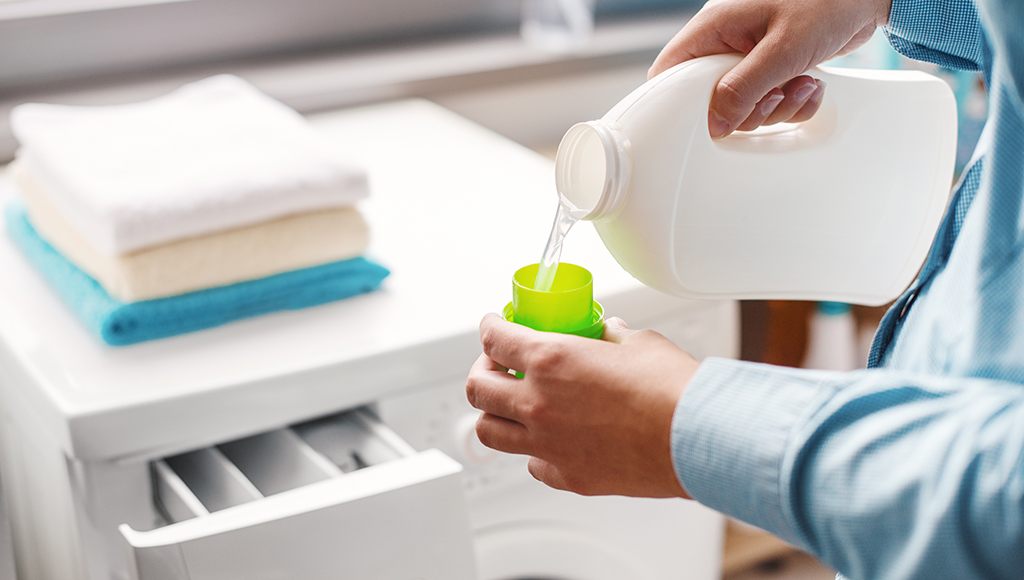
Most laundry detergents are filled with phosphates, surfactants, and artificial colors or scents that make them more appealing to us. Unfortunately, these are the exact same ingredients that cause the most harm to our lakes, rivers, and oceans.
Eco-friendly detergents are fully biodegradable, and in most cases, just as effective as their synthetic counterparts. They’re also typically engineered to be safe for use around kids, pets, and wildlife—so you don’t have to worry about killing fish just to enjoy clean clothes.
There’s an environmentally-friendly laundry soap out there for virtually any scenario: messy kids, messy sports, messy pets, and messy lives. So, don’t feel like you have to stick with what you know just to get great results!
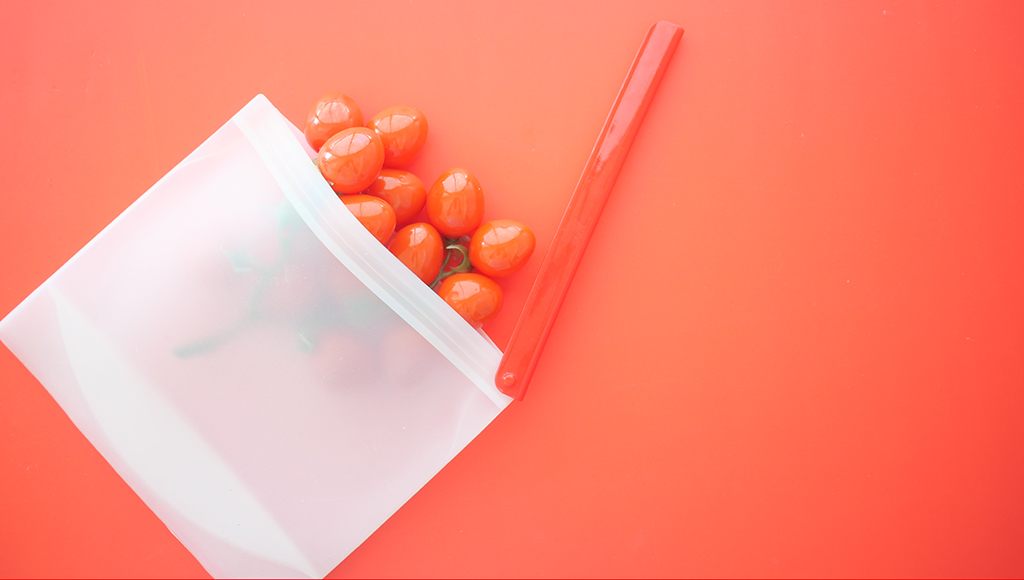
Single-use sandwich and freezer bags are typically made from a fossil fuel-derived plastic called polyethylene. They’re often used once, then tossed away—sometimes directly into the environment itself, where birds, turtles, and fish mistake them for food.
Reusable silicone bags are much more durable, safe for both hot and cold food, and are just generally less frustrating to use because they’re less likely to break.
Some products, including a few of Stasher’s clear reusable sandwich bags, are even touchscreen-compatible. That means you can pop your phone or tablet inside to protect it when you’re near water—or just making a mess with the kids!
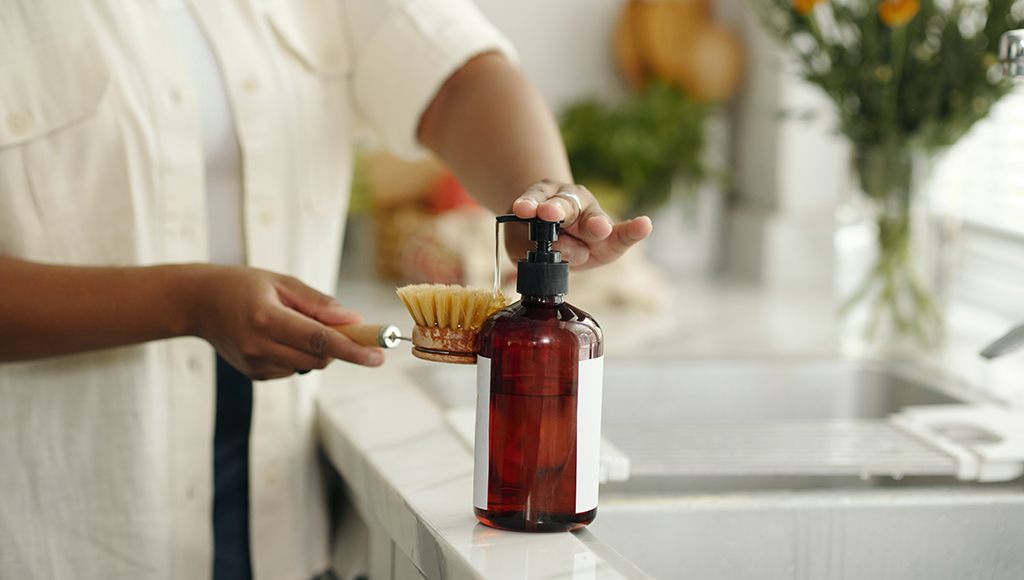
Just like laundry soaps, most traditional dish soaps contain harmful surfactants and preservatives that are tough on grease and the environment, too. Plant-based dish soaps contain biodegradable materials that rinse fully clean and won’t harm waterways.
Check the label for coconut or sugar-based surfactants like decyl glucoside, coco glucoside, caprylyl/capryl glucoside, or sodium coco-sulfate—they’re more eco-friendly than synthetic chemicals. So are plant-based foaming agents like cherimoya and soap bark extract.
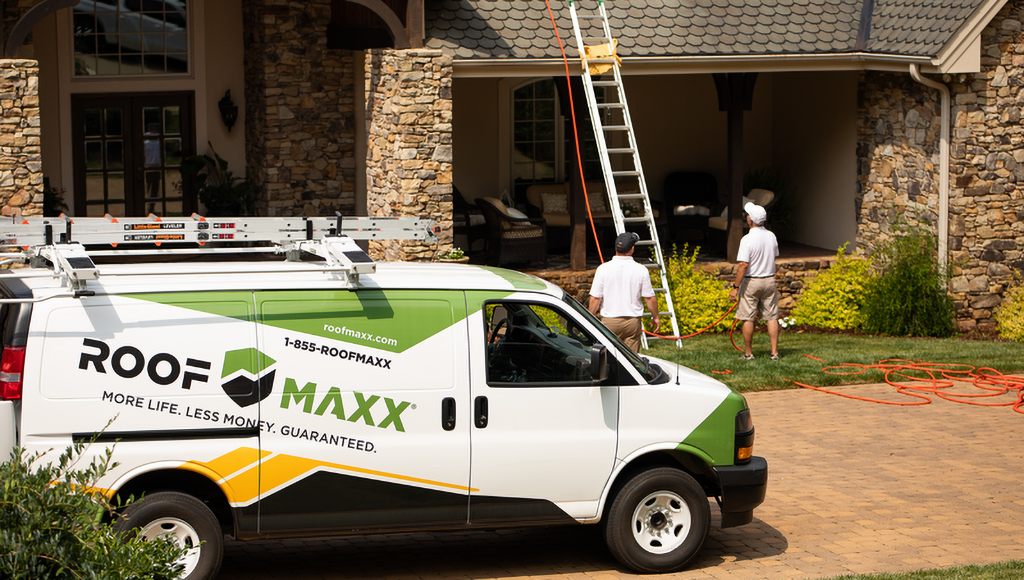
Every single one of the items on this list can help you shrink your carbon footprint, protect local waterways, and keep wildlife safe. But if we had to pick just one, we’d always choose Roof Maxx first—because keeping old shingles out of the landfill prevents the most harm.
How much do you stand to gain from a single Roof Maxx treatment? Call 1-800-ROOFMAXX or connect with a dealer now for a free, no-obligation quote and find out!
With our five-year, transferable warranty, you’ll enjoy the peace of mind that your roof and entire home are protected.